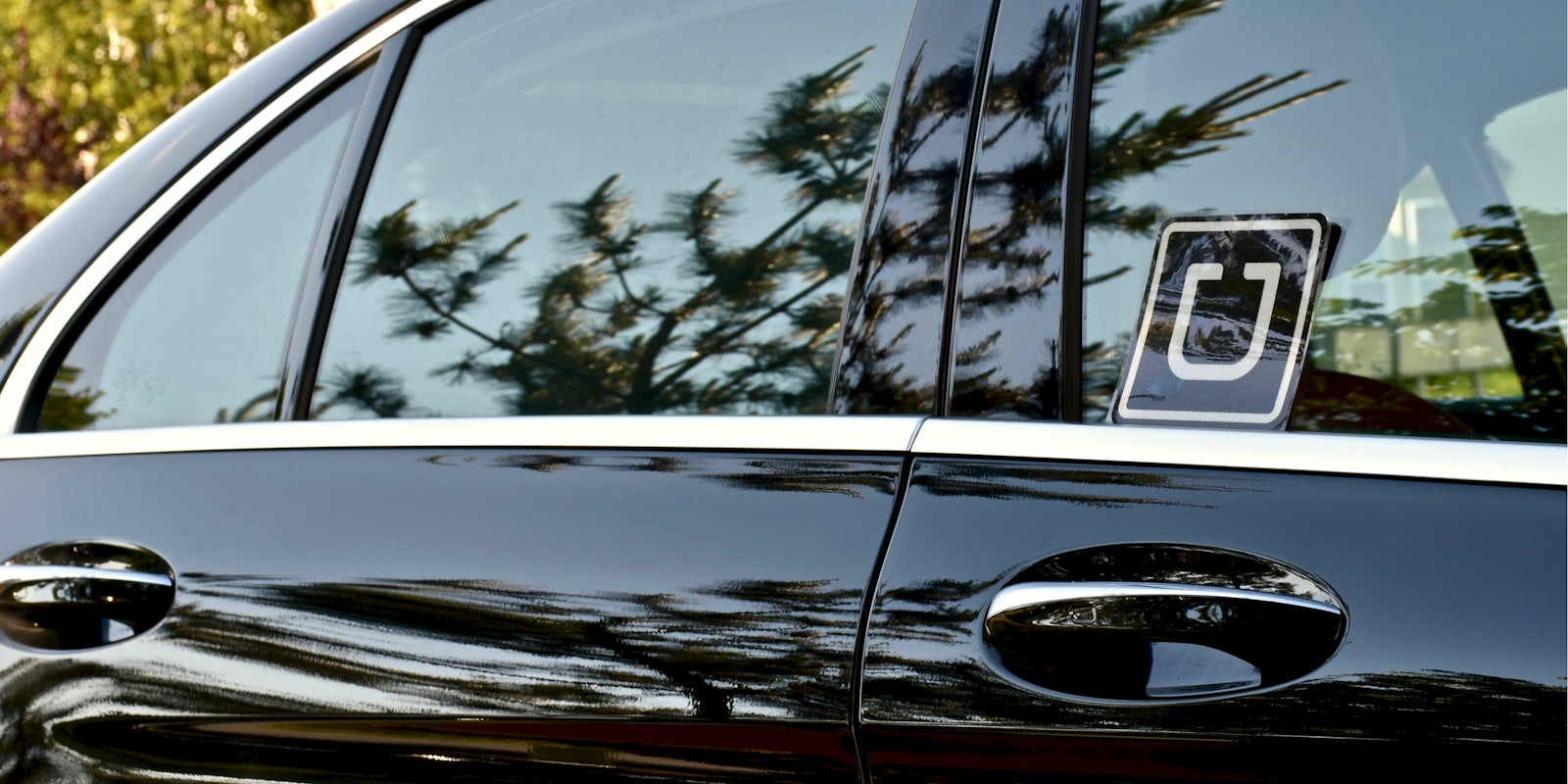Uber is desperately campaigning to regain the trust of its drivers and boost its tarnished image following months of public scandal. The company announced a “180 days of change” apology campaign in June on the same day CEO Travis Kalanick resigned from his post. Its goal is to retain and expand Uber’s workforce through a series of driver-friendly changes made by the end of 2017.
Uber hit a low point early last year when Kalanick was caught on camera belittling an Uber driver. Since then, the company’s employees left in mass as controversy after controversy threatened to upend the ride-hailing pioneer. It culminated when an investigation into sexual harassment allegations led to an overhaul of top executives. Uber is currently looking for a new CEO and COO who can stop the bleeding and bring focus back to its still-booming business.
Uber says some of its changes will be big while others are small, and that they are being released based on priority. Let’s take a quick look at each of these changes and see how people are responding.
Uber’s 180 Days of Change
Reducing UberPool stress
UberPool, the company’s oft-criticized carpooling service, is the focus for September. Uber is deploying several features designed to reduce driver stress and make rides more efficient.
Among the changes is a new rating system that lets drivers select from a list of reasons why they didn’t give a passenger five stars. They’ll be able to choose: “wait time,” “patience,” “number of riders,” “attitude,” “wanted new route,” or “other.” If a rider receives the same complaint twice in 30 days, they’ll be sent a notification warning them of their declining rating.
https://www.youtube.com/watch?time_continue=5&v=TbBo2jwciDo
The opposite is also true. If a rider rates a driver under 5 stars they’ll be forced to provide a reason. If the reason isn’t sufficient, the rating won’t count toward the driver’s overall score.
Other changes include a new payment system where drivers receive an additional fare every time they pick up a new rider. Their total payment and rider rating page will be made visible after the final drop-off.
Uber also wants to end customer confusion surrounding UberPool.
To that end, the ride-hailing company will send “Pool basics”—a guide of things to expect when using UbePool—to customers before they request a ride. Uber will also send push-notifications to riders two minutes before their ride shows up so they don’t hold up drivers and other passengers.
Finally, Uber is deploying a more efficient routing system. Drivers will now be told to take routes with 20 percent fewer turns, which should help them save on gas. And riders will be told to move to a different location if their current spot forces a driver to loop around the block. The same goes for drop-offs, where riders will be let out at a proximate destination when required.
Tip like Lyft
The first major change Uber made was to build tipping into its app, a feature the company proactively fought against for years. Originally only set for release in three U.S. cities, tipping is now available nationwide. Uber sweetened the deal when it announced it would match all tips dollar for dollar on the first full day of availability. Tipping on Uber functions much like it does on rival Lyft: Riders are asked to add a $1, $3, $5, or custom tip after their ride ends.
The option is clearly geared toward Uber drivers, who pleaded for its inclusion for years. While its workforce responded well to the feature, reception has been mixed among riders.
Some passengers feel Uber lost its biggest appeal when it added tipping.
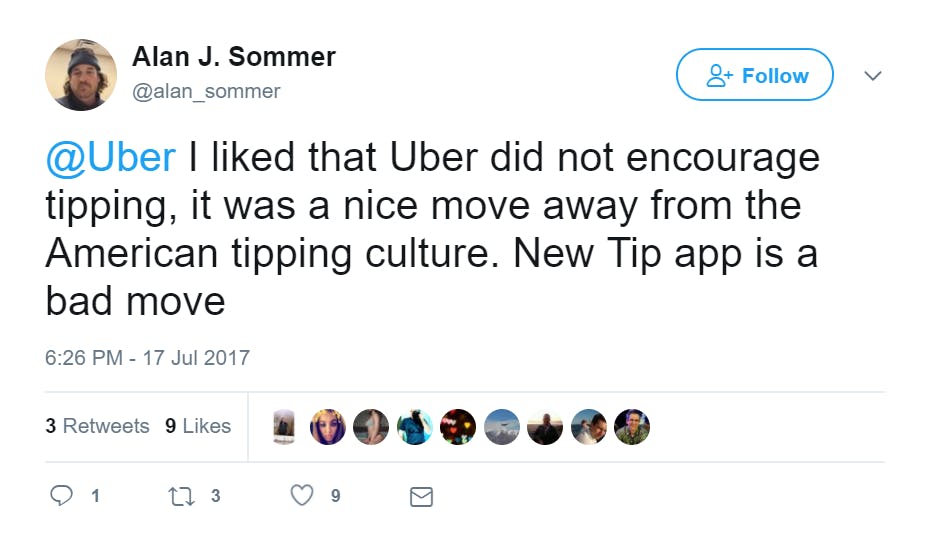
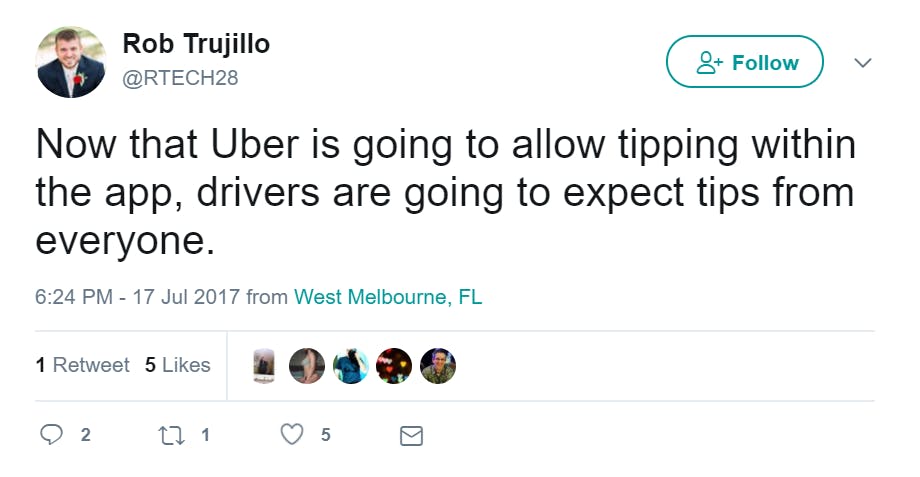
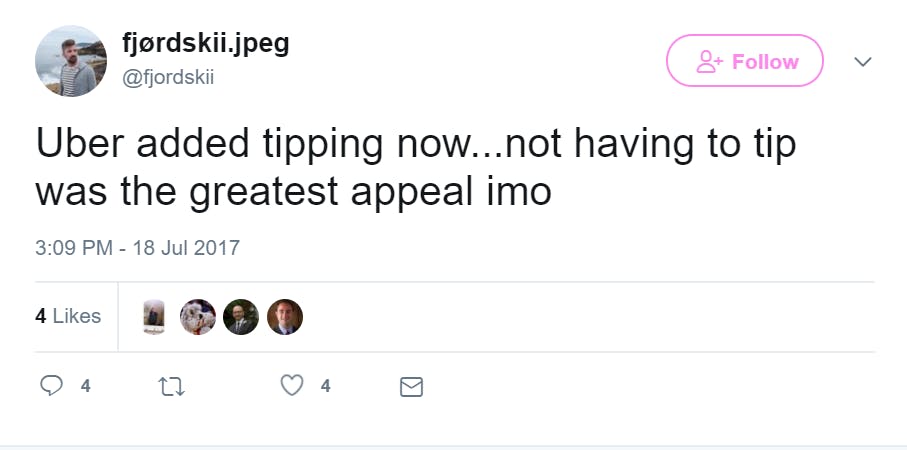
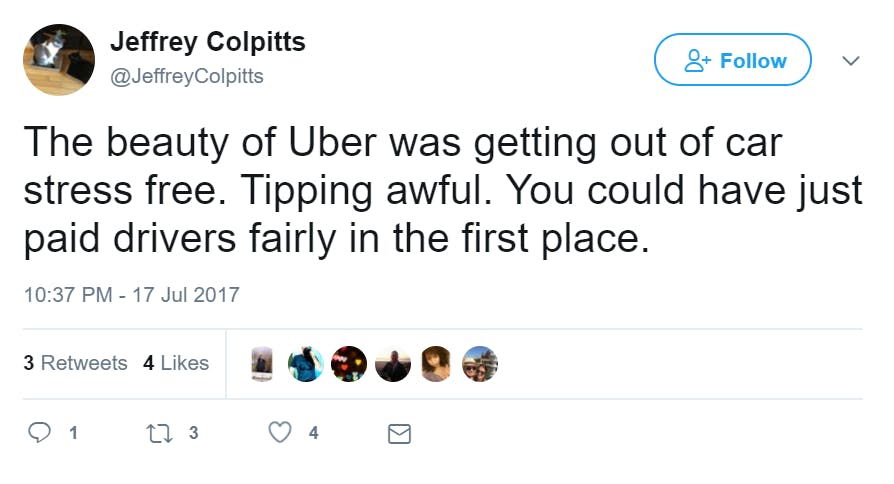
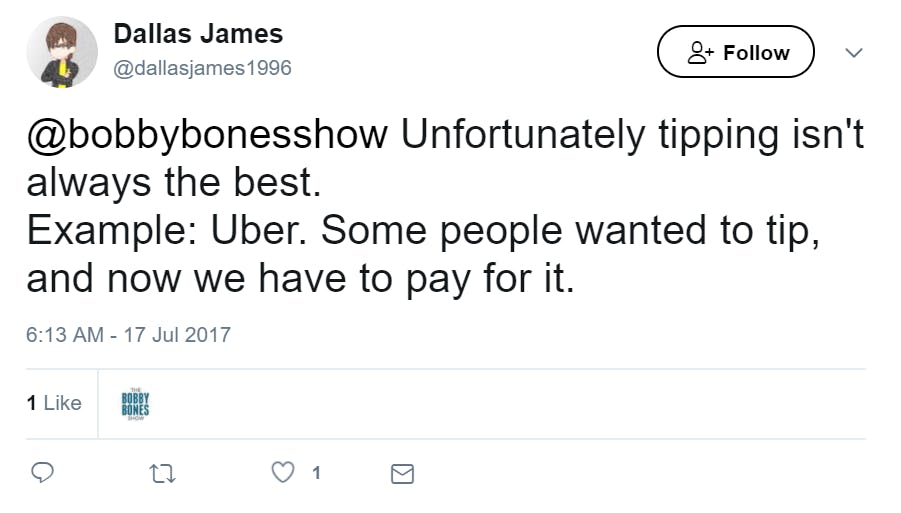
Others fear they will have to spend more than before.
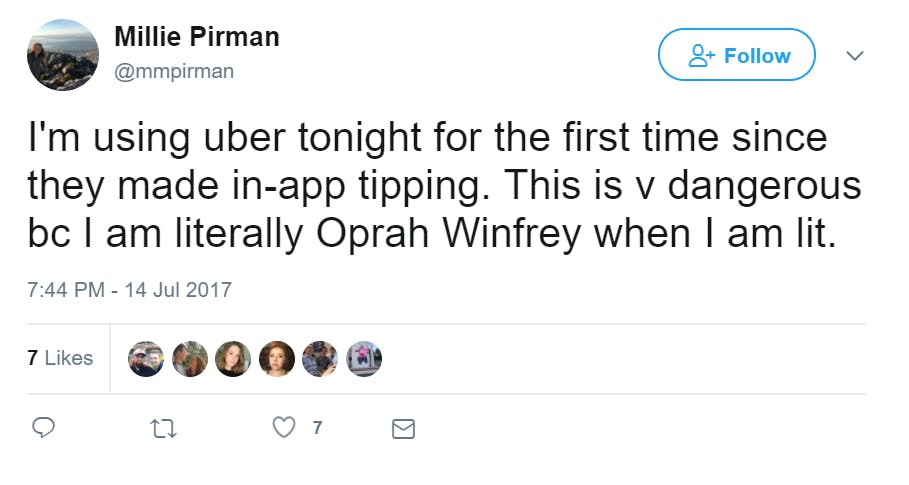

However, drivers have generally good things to say about the feature.
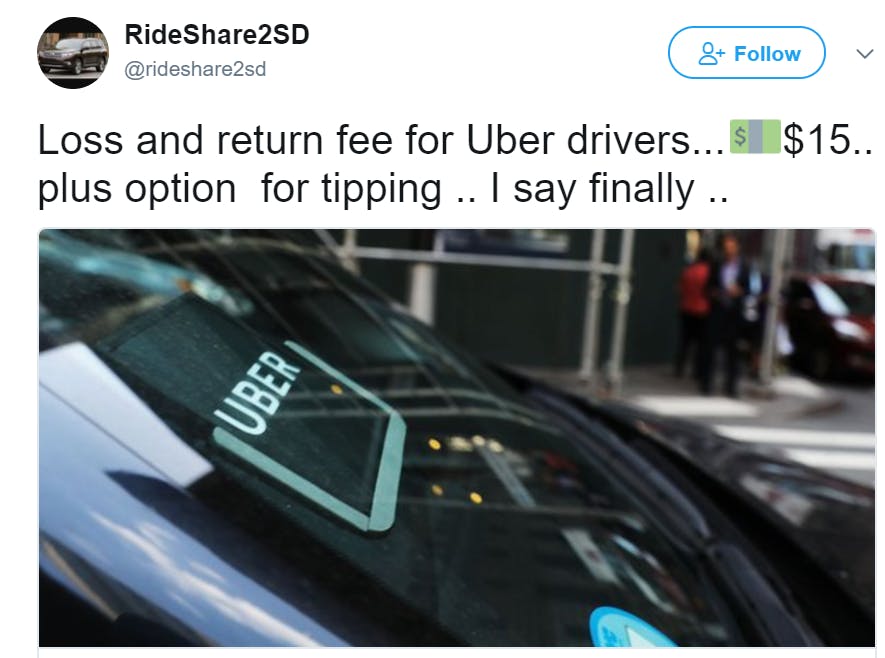
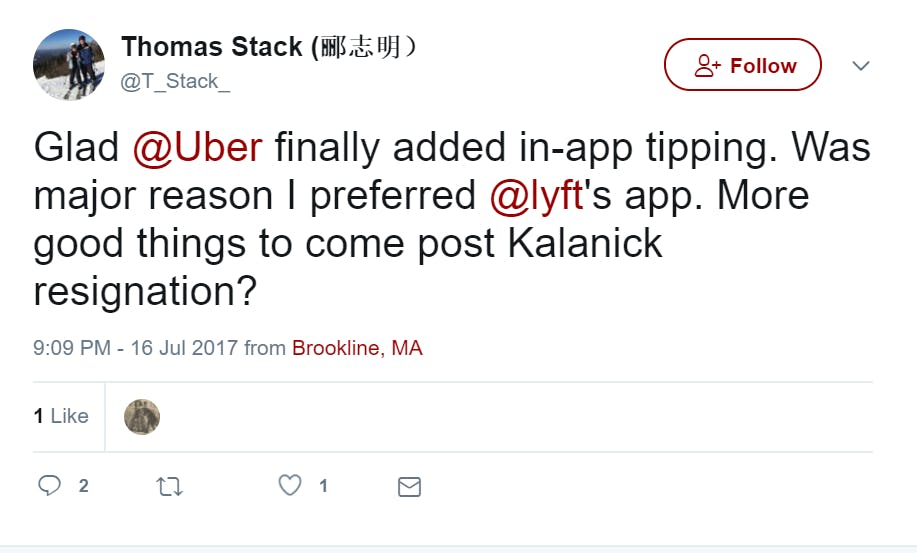
While some folks like the convenience of having it built into the app.
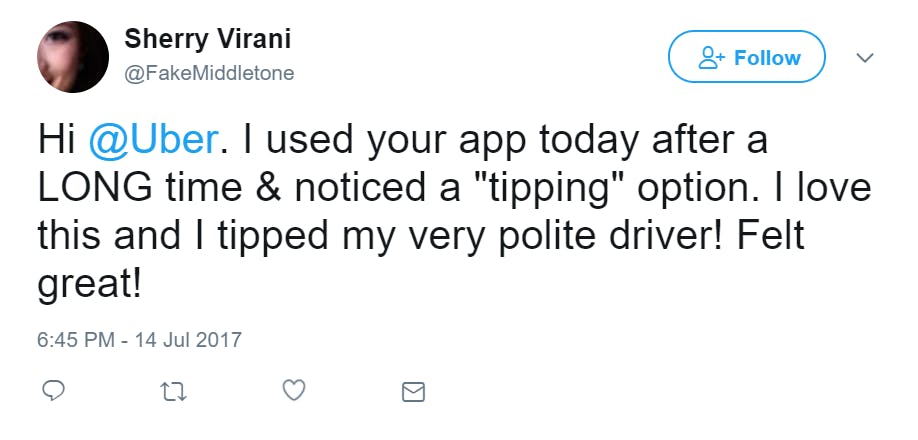
Driver support overhaul
In July, Uber announced it would overhaul driver support systems as its next big change. The company introduced several new policies that are designed to be more “driver friendly.” A few of the highlights include a new payment model that doesn’t punish a driver for being stuck in traffic, an improved rating system that forces riders to explain a bad star rating, a new 24/7 live phone support system, and a $15 fee imposed on passengers who lose items and need a driver to return them.
One of the more controversial additions in leg two of the 180 days of change is the creation of a $15 lost item fee in select cities. Previously, riders who lost an item would need to log into the Uber desktop site, contact their driver, and find a convenient time to meet to get their things back. That left things up to passengers to tip drivers for taking time out of their day to return items.
But like the new tipping feature, the power is shifting back to the driver. Now passengers are required to pay the $15 fee—no questions asked. Obviously, drivers love the new feature, but passengers are less thrilled.

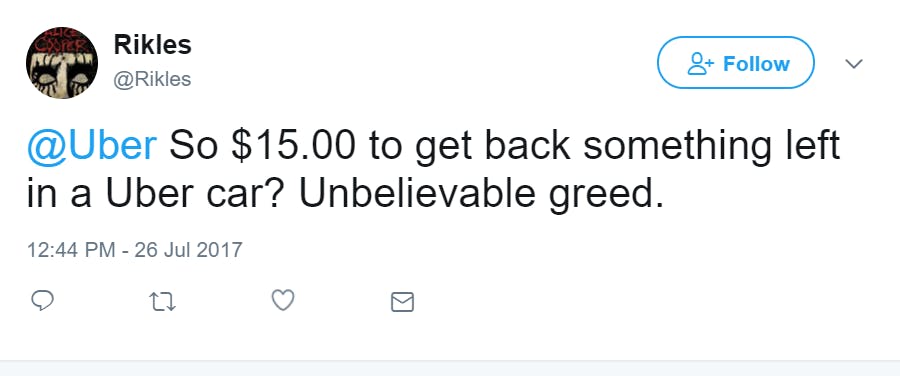
As part of the support update, a new ratings protection feature defends a driver against poor ratings for things that are out of their control. Passengers will now need to explain themselves when they give a driver a rating lower than 5 stars. The rating gets scrapped if it isn’t satisfactory. For example, if a passenger gives a driver a 1-star rating for issues with the app or high prices, Uber will go in and get rid of that rating. That’s especially important since a single poor rating can have a major impact on a driver’s overall rating.
Quick fare fixes now let drivers correct payments if they forgot to start or end a trip. Uber claims the adjustments will be made in a matter of minutes. Additionally, drivers are no longer punished for needing to take longer routes because of traffic or construction. Before, both the driver and passenger would see reduced fares. Now Uber will reduce the amount a rider pays, but will not decrease what drivers receive.
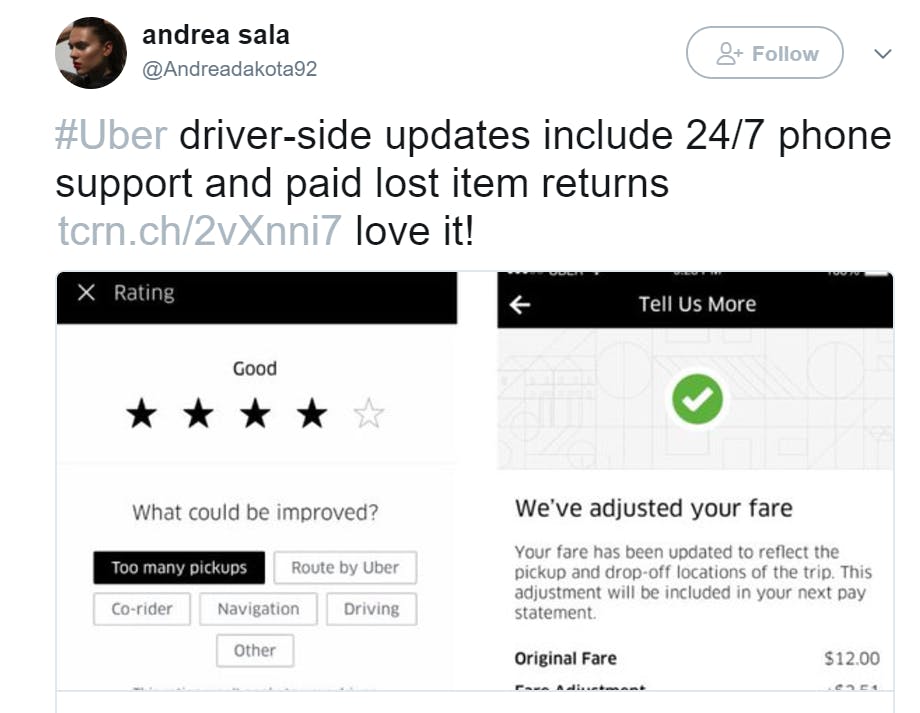
Uber also added 24/7 live phone support right into its app so drivers can connect with an agent in less than two minutes.
Your own boss
Uber’s August update changes several policies to make driving for the company a less stressful affair. The first change increases the number of destinations a driver can set from two to six. Before, drivers could only set a preferred destination, or area they wanted to end up at, a few times a day. This made commuting to and from work more convenient. Now drivers can set four additional destinations throughout their work day.
Some nice add-ons for drivers that @Uber is making as part of their 180 days of change. https://t.co/w0Wt9KzVSk
— Nick Starr (@NickStarr) August 22, 2017
Another change lets drivers decide which Uber service—UberX, Uber Eats, Uber Selection, etc.—they want to drive for at any given moment. For example, if ride-hailing requests slow down, drivers can now choose to switch to Uber Eats. A circular meter will adjust, showing drivers their available ride pool. While some drivers love the added flexibility, others don’t feel it’s enough:
Great changes UBER is finally headed in the right direction
— Faraji (@FarajiFode) August 22, 2017
Great changes UBER is finally headed in the right direction
— Faraji (@FarajiFode) August 22, 2017
Lastly, drivers will get a notification when a ride is expected to take longer than 45 minutes so they can adjust their schedules accordingly, and declining a trip will penalize drivers less than before.
We will continue to update this article as Uber announces more changes.

